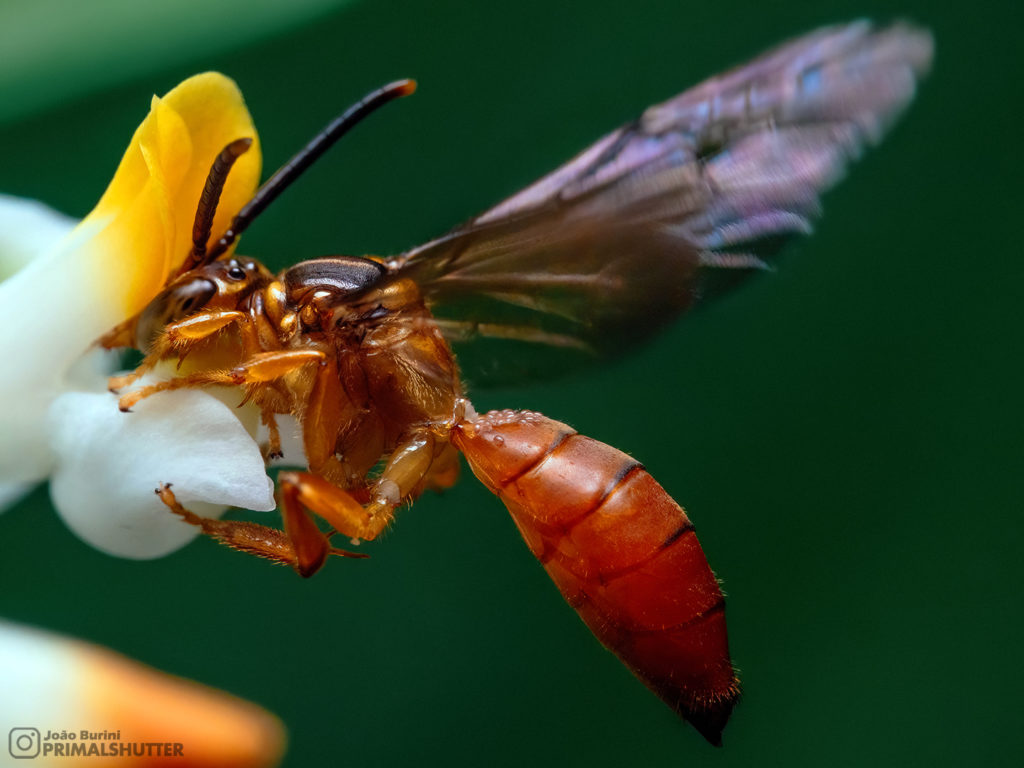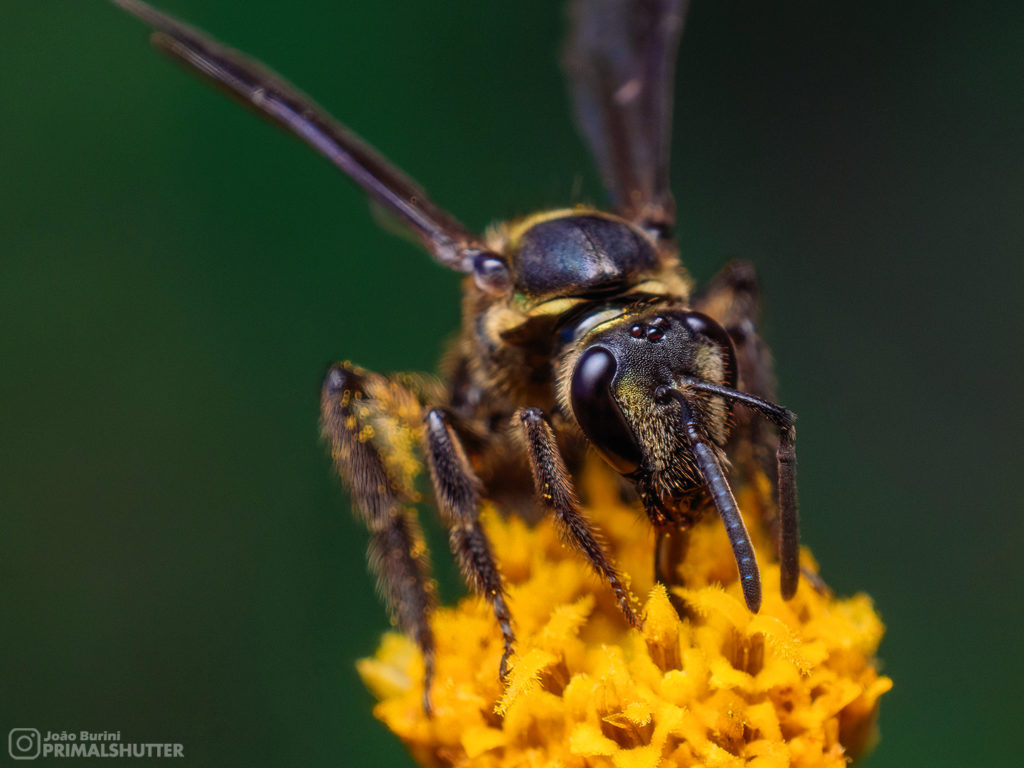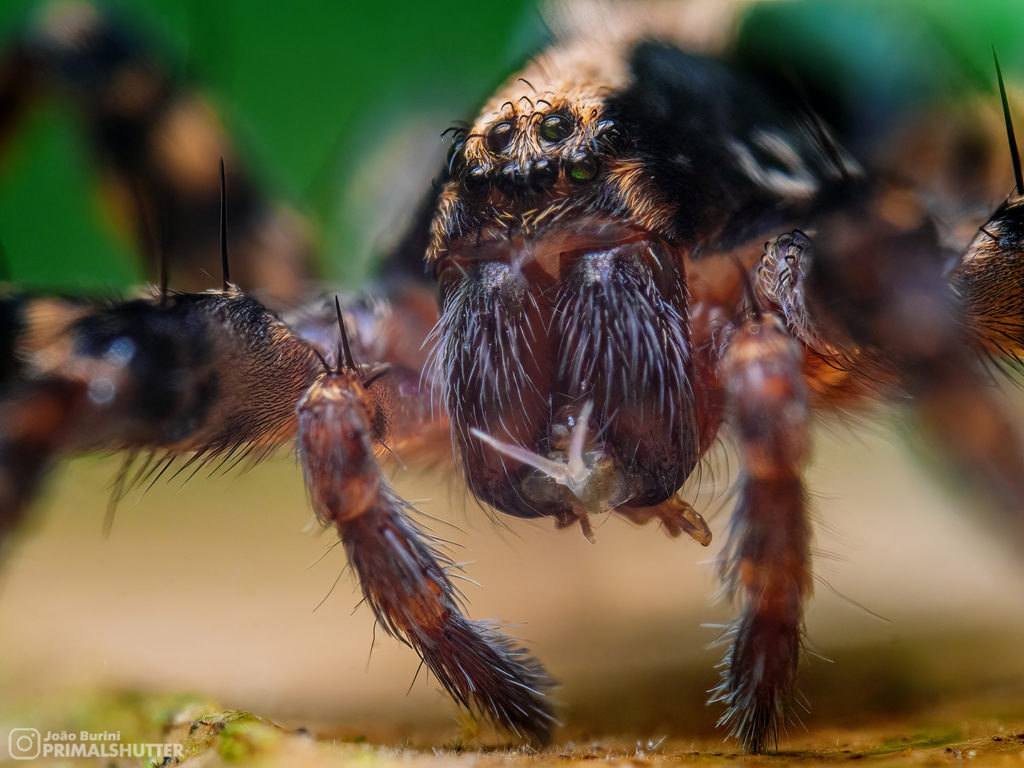I’m writing this post as I think this past month was unusually high in number of interesting findings, including species that possibly got recorded alive for the first time – not photographed recently but from my archive. I haven’t been out photographing lately due to high gas/lodging prices and the diminishing returns of short 1-2 days expeditions, so in the meantime I’ve been processing older photos that either I haven’t followed through with identification at the time or just didn’t think they looked good enough compared to other photos I got in the queue to post.

When I say possibly recorded alive for the first time, it’s difficult to say for sure as my reference is google not showing any indexed photos of live (or sometimes not even fixed) specimens, they might have been photographed before but maybe just not identified or not uploaded anywhere, as is the case with myself, they were just sitting in my hard disk for years. They however aren’t cryptic species, and in some cases are even taxa that get a lot of public attention (superficially) such as bees, not some hard to see microscopic animals, it’s pretty strange to think no one else paid attention to them before. Maybe someone will come across this post one day and be able recognize these species from their own non posted/non identified photos, all of these were taken in the southeastern Brazilian atlantic forest.

This couple of solitary bees were identified thanks to John Ascher and Jorge Mérida, the Neocorynura sweat bee appears very rarely photographed while as with the Rhathymus I’m not finding an exact match even amongst fixed specimen photos, let alone the couple of live ones, it also even made me unsure if I was looking at a bee or a wasp at first glance.


When I photographed this saprophyte orchid in 2014 I couldn’t find anything that looked like it online, only in more recent years some papers with photos of this species were published, which allowed me to check with ease it’s a Pogoniopsis species, Pogoniopsis schenckii if I go by to a checklist of the area. They stand out a lot from other orchids as these are leafless non-photosynthetic, underground plants.


A Xenoctenidae spider preying on a what appears to be a young isopod or springtail, other than possibly being an undescribed species, smaller spiders from this family are complicated to identify by looks alone and I wouldn’t be able to even tell it’s genus, I also just noticed behavioral photos from this whole family are rare. Accompanied viewed from above is a male xenoctenid which I suppose is from the same genus, found in the vicinity of the other one.

Now this was a mystery insect and I wasn’t even sure of it’s order, only with the help of folks at iNaturalist (gafischer, sanpa and solo1) it’s been agreed as an Amphientomidae psocopteran (bark lice), the 2009 checklist for Brazil has only 6 species in this family, and no online photos for any of them.

Lastly, this small fungus growing ant, albeit less impressive appears to be the first one photographed in the Brazilian atlantic forest, with the only other photo showing up in Brazil being from the other side of the country, in the Amazon forest.
